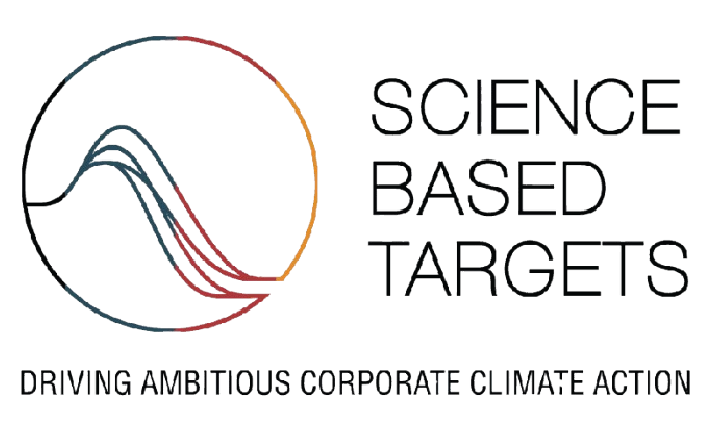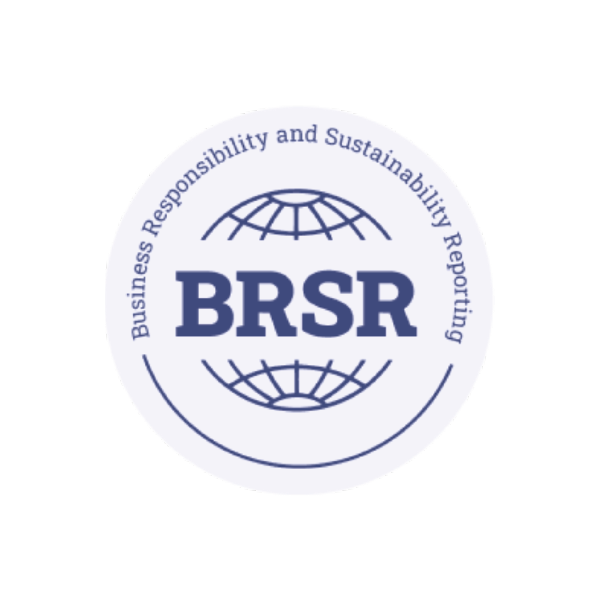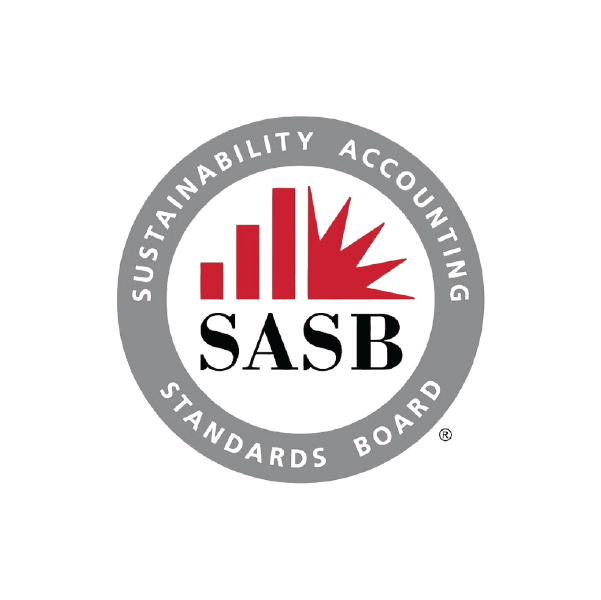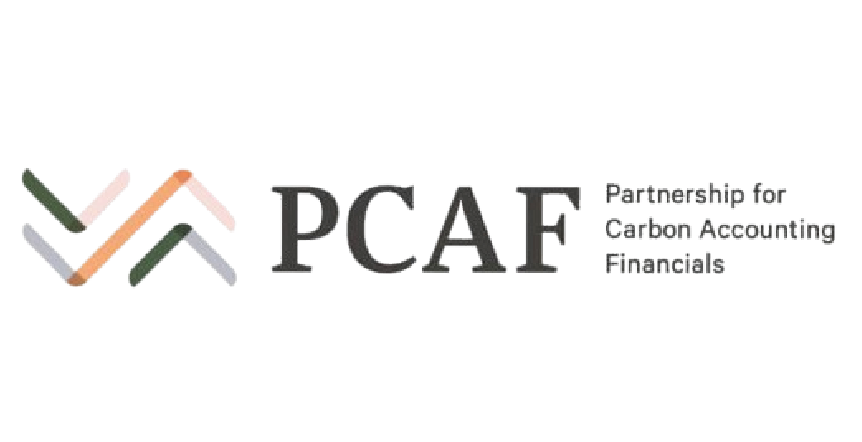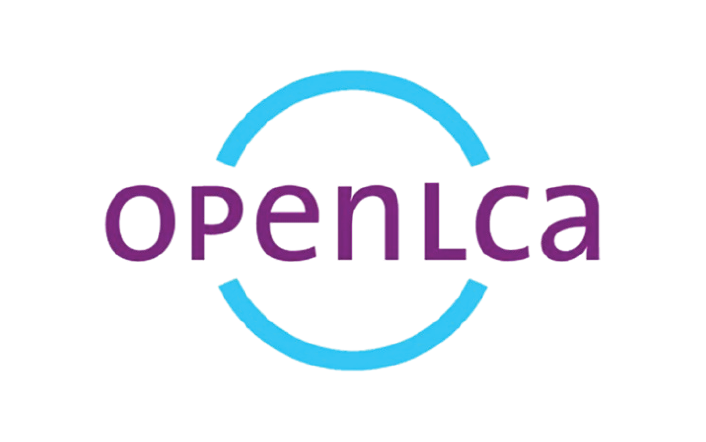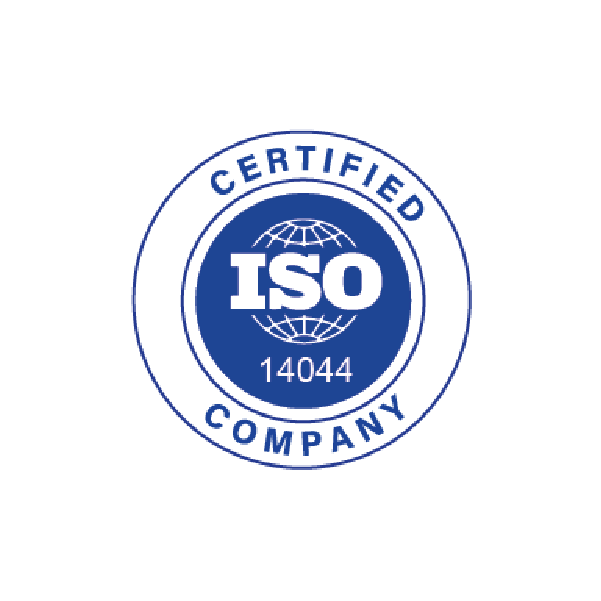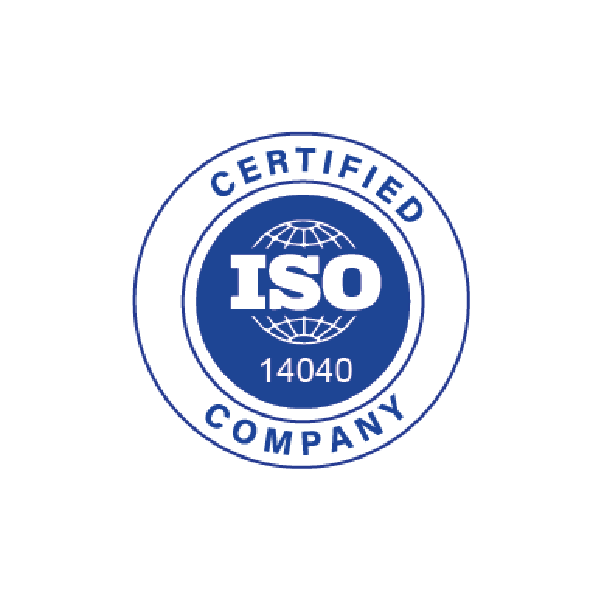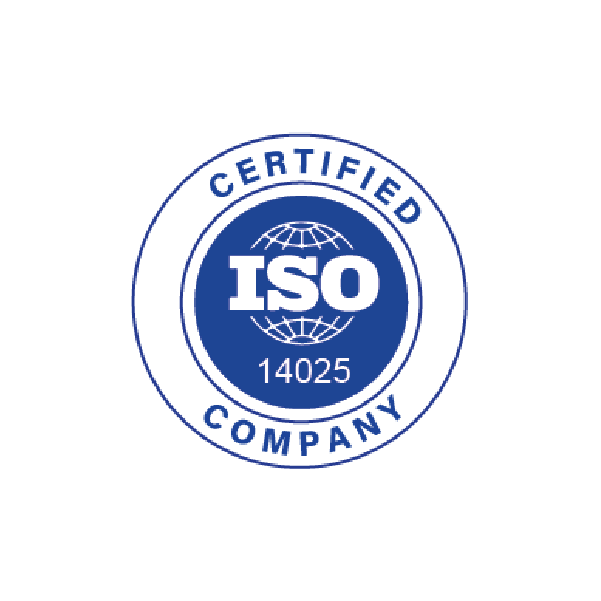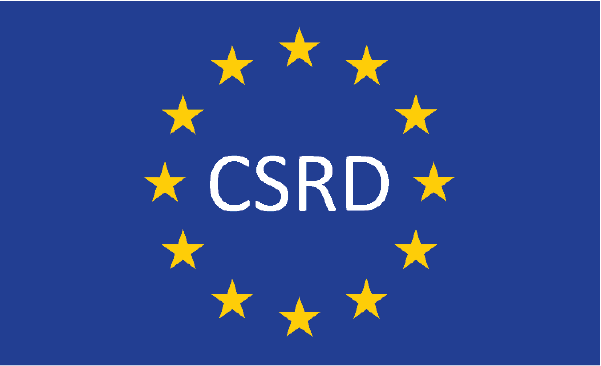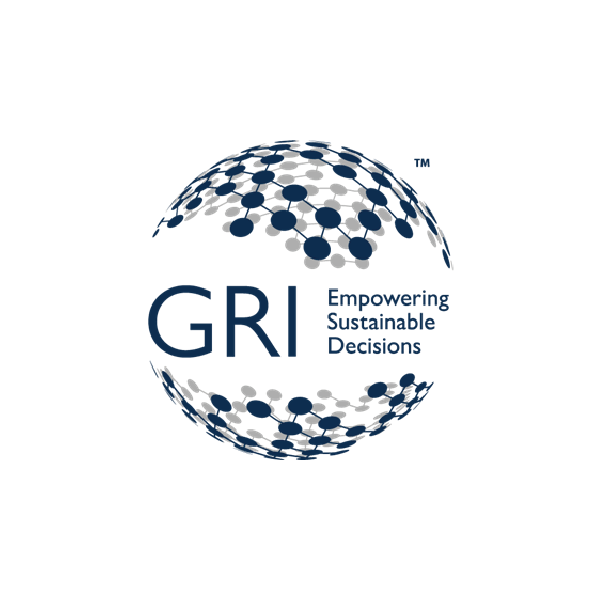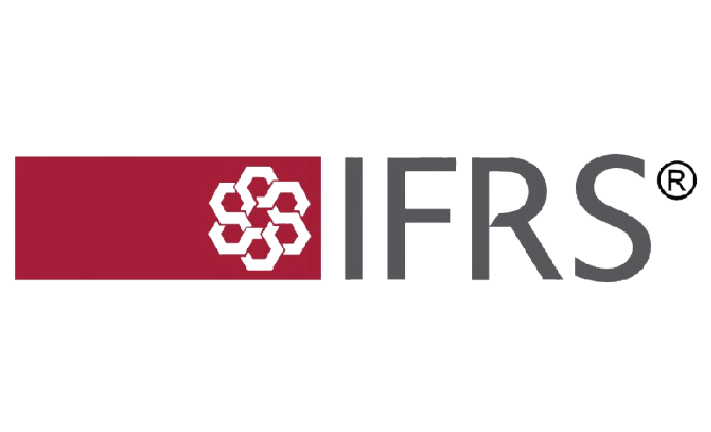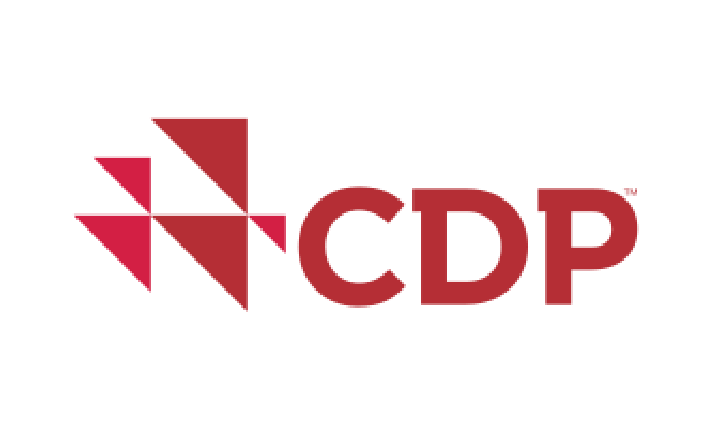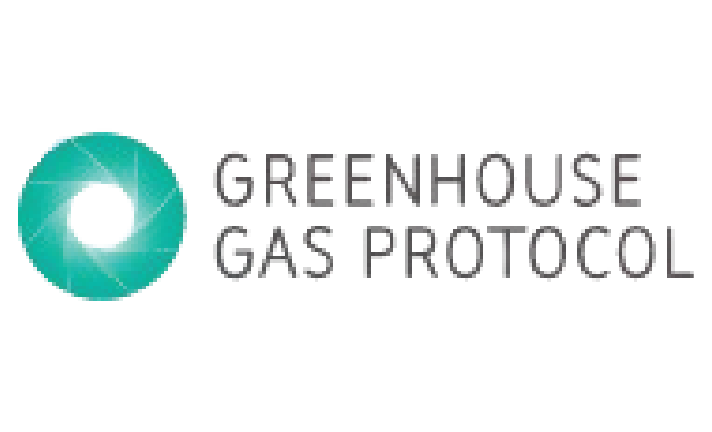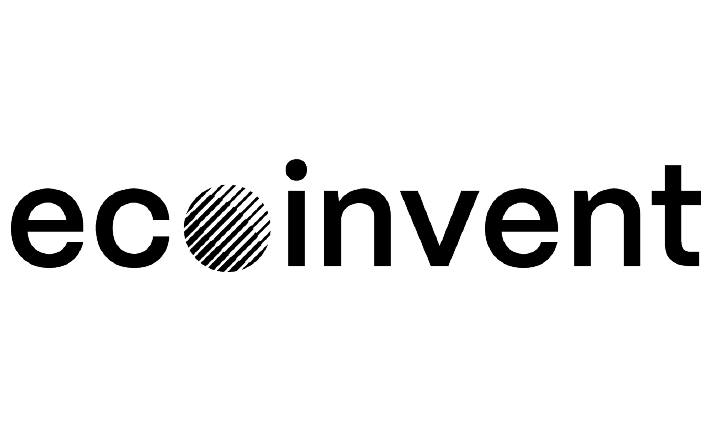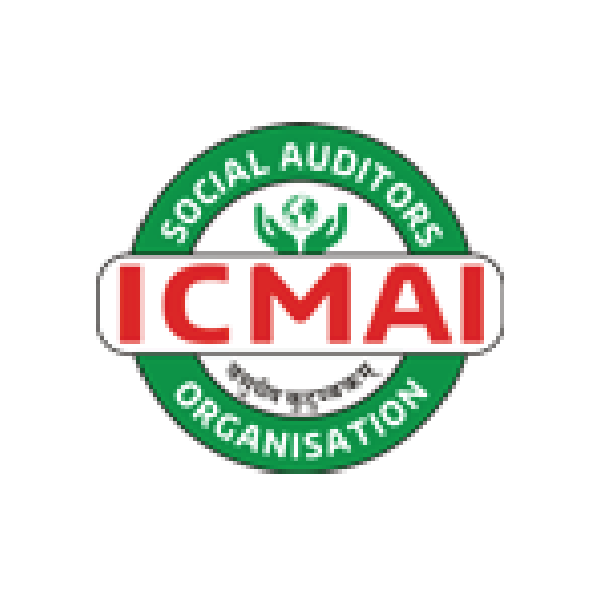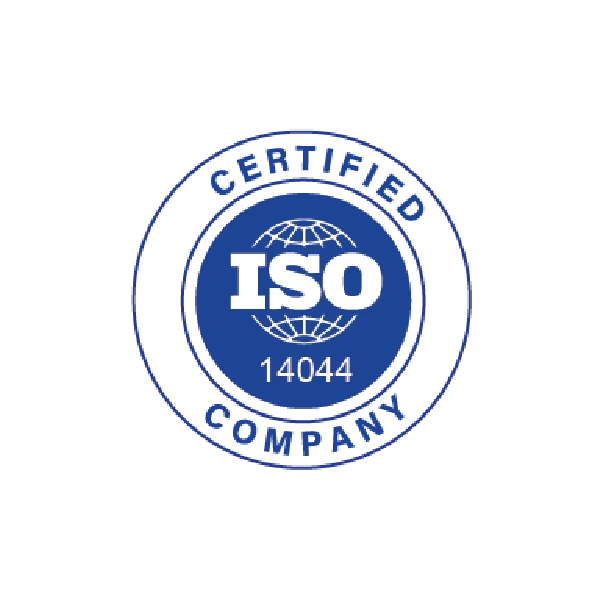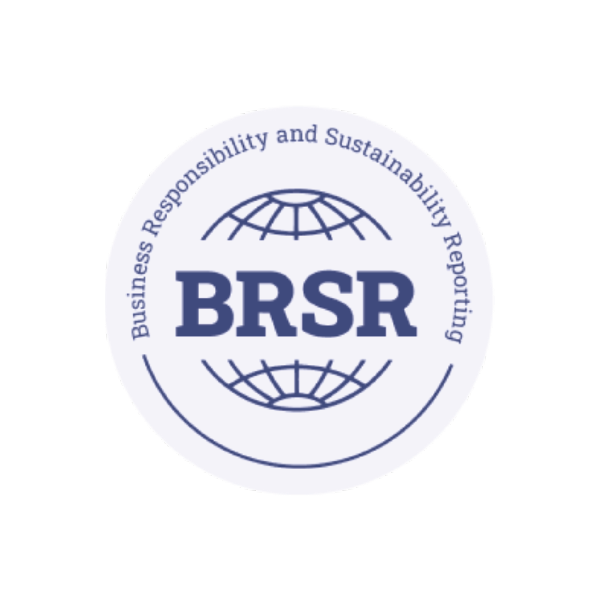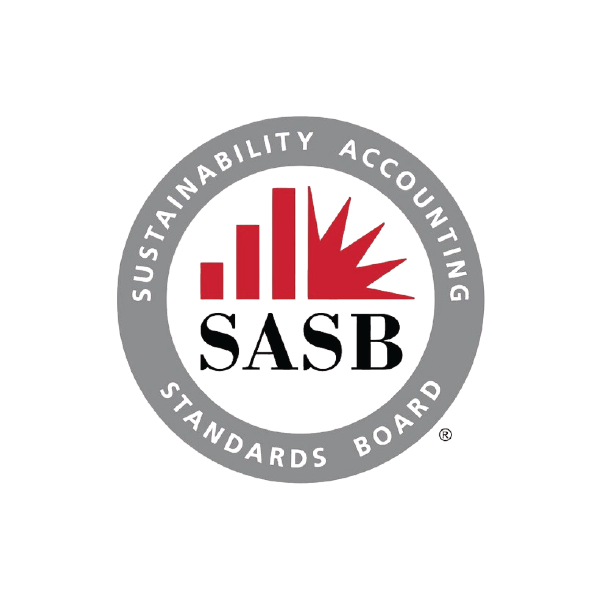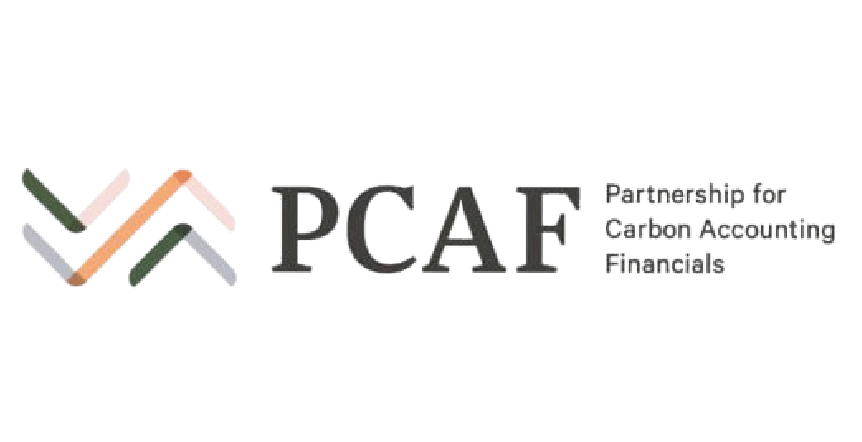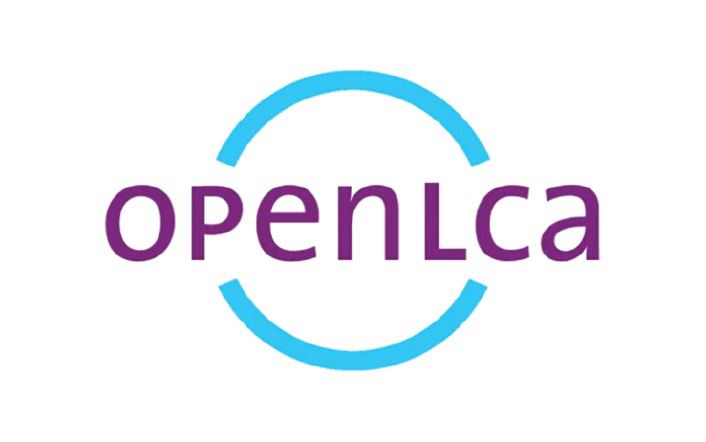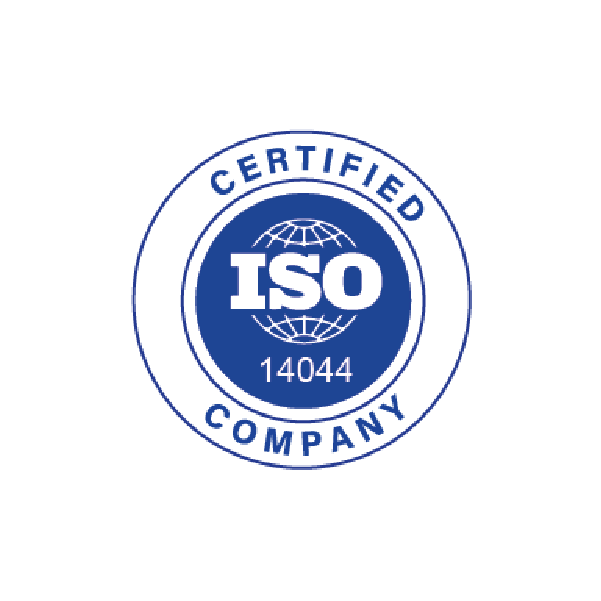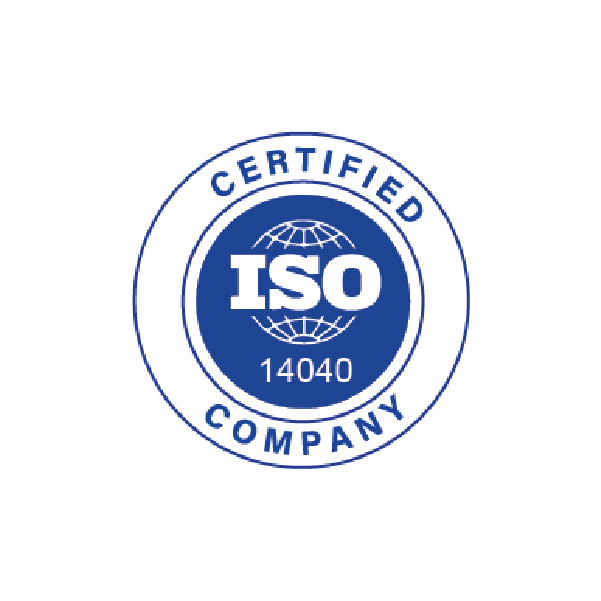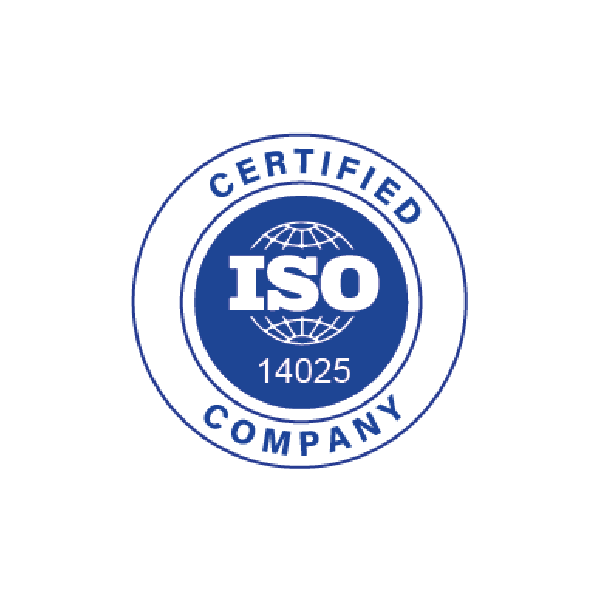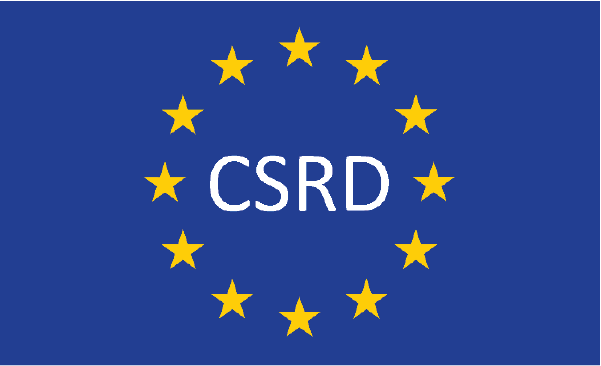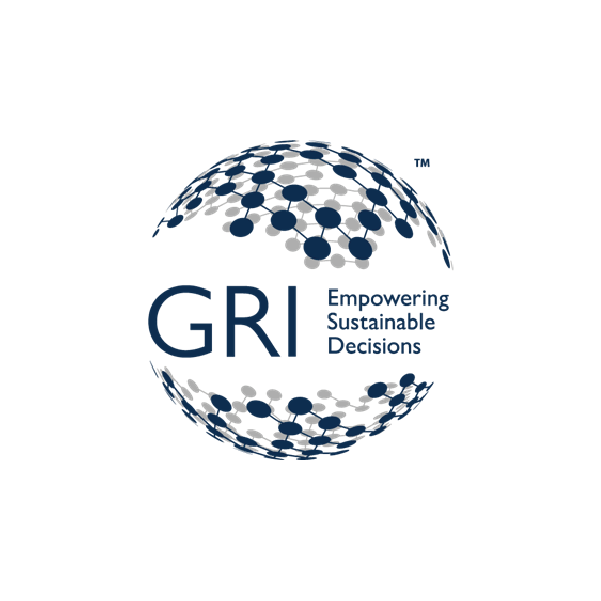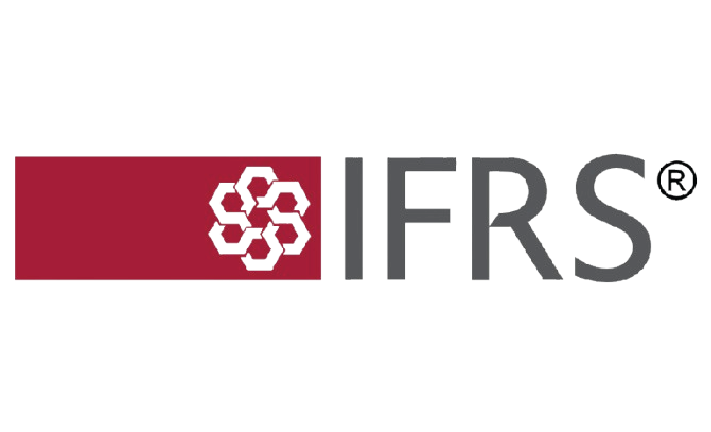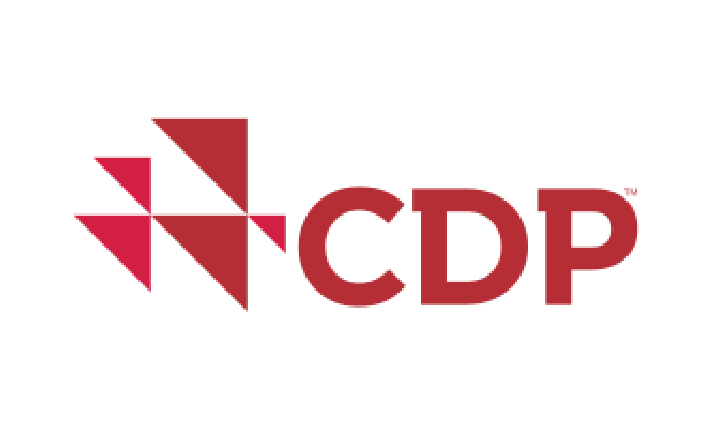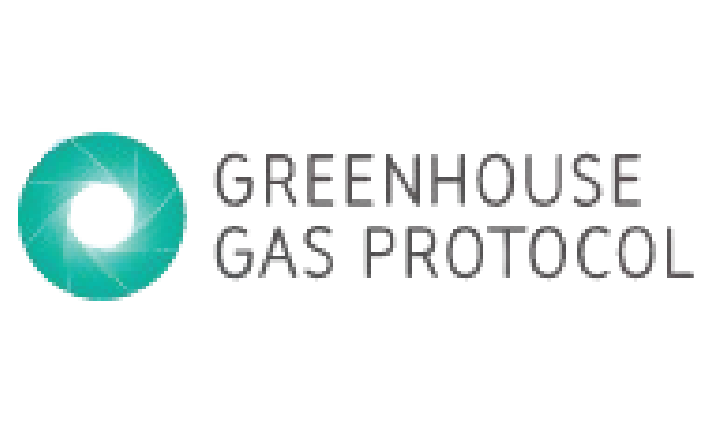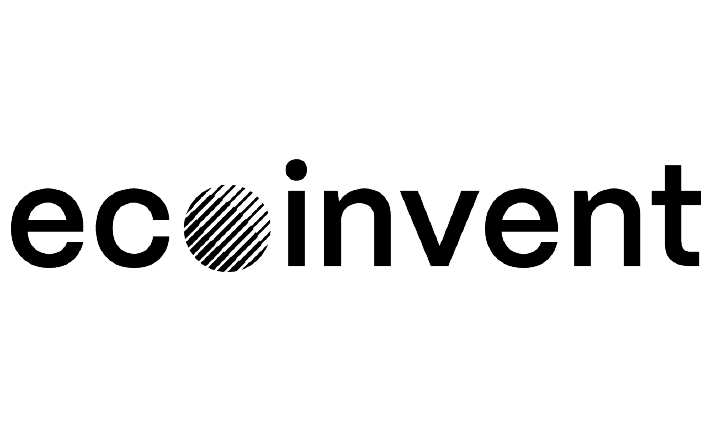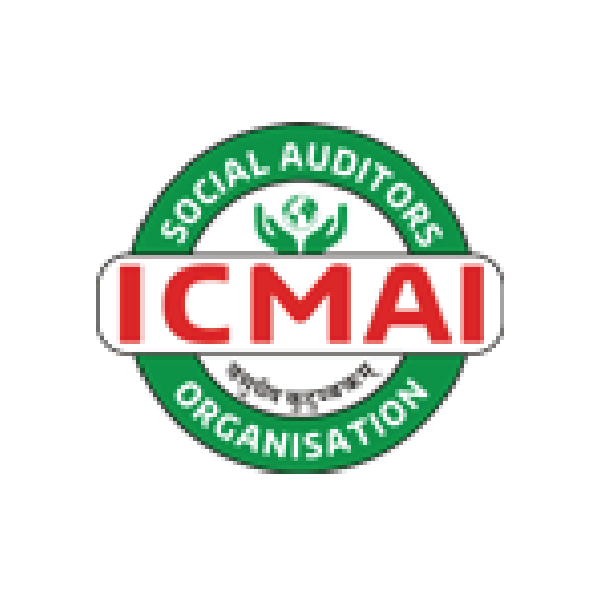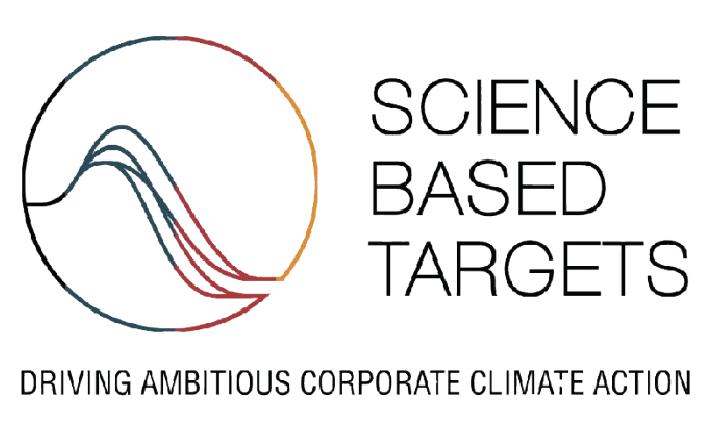Scope 1 and 2 Emissions: Why Should Your Business Care and Where Do You Start?
What Are Scope 1 and 2 Emissions?
Scope 1 and 2 are the building blocks of your organization’s carbon footprint:
In simpler terms:

Why Does It Matter?
While the buzz is often around Scope 3 emissions, which capture the entire supply chain, tackling Scope 1 and 2 is where organizations begin their decarbonization journey. These are easier to measure and control, making them the low-hanging fruit of climate action.
Here’s the surprising fact: By focusing on Scope 1 and 2, you can achieve quick wins that not only reduce emissions but also save costs, improve efficiency, and boost reputation.
How to Measure and Report Scope 1 and 2?
Identify Emission Sources:
- For Scope 1: Include on-site fuel combustion, company-owned vehicle emissions, and fugitive emissions like refrigerants.
- For Scope 2: Account for purchased electricity, heat, and steam.
Collect Data:
- Record fuel use (liters, gallons, etc.), energy bills, and operational metrics.
- Ensure consistency in units like kilowatt-hours (kWh) or gigajoules (GJ).
Calculate Emissions:
- Use standard formulas: Emissions (tCO2e)=Activity Data×Emission Factor
- Refer to emission factors from trusted sources like the IPCC or EPA.
Report Transparently:
- Follow frameworks like the GHG Protocol or ISO 14064.
- Provide year-on-year comparisons to showcase progress.
Why Should You Care?
Reporting Scope 1 and 2 emissions isn’t just about compliance—it’s about demonstrating a business’s commitment to sustainability and responsible growth.
- Imagine a factory reducing emissions by switching to renewable energy, lowering its carbon footprint by 30%. That’s fewer pollutants in the air your kids breathe.
- Picture a business converting its vehicle fleet to electric, cutting fuel costs while leading the charge against climate change.
Every action adds up. You’re not just helping the planet—you’re building a legacy of responsibility.
Large organizations across the globe have faced significant challenges with high emissions, and have found innovative ways to reduce their carbon footprints.
- Tesla identified the problem of high emissions from traditional combustion engine vehicles and solved it by developing electric vehicles that produce zero emissions.
- Unilever faced the challenge of high energy consumption across its factories, so they transitioned to renewable energy sources and improved energy efficiency, significantly reducing their Scope 1 and 2 emissions.

Take the First Step
Scope 1 and 2 emissions reporting doesn’t have to be complex. By simplifying the process, uncovering quick wins, and sharing inspiring stories, your organization can make real progress.
Let’s turn ambition into action. Start today, and let your emissions story be one of success and sustainability.
Bevolve has a robust AI-first carbon emission and reporting platform that can create a frictionless approach to measuring and setting your baseline.
Contact us on catalyst@bevolve.ai to know more
Related posts









